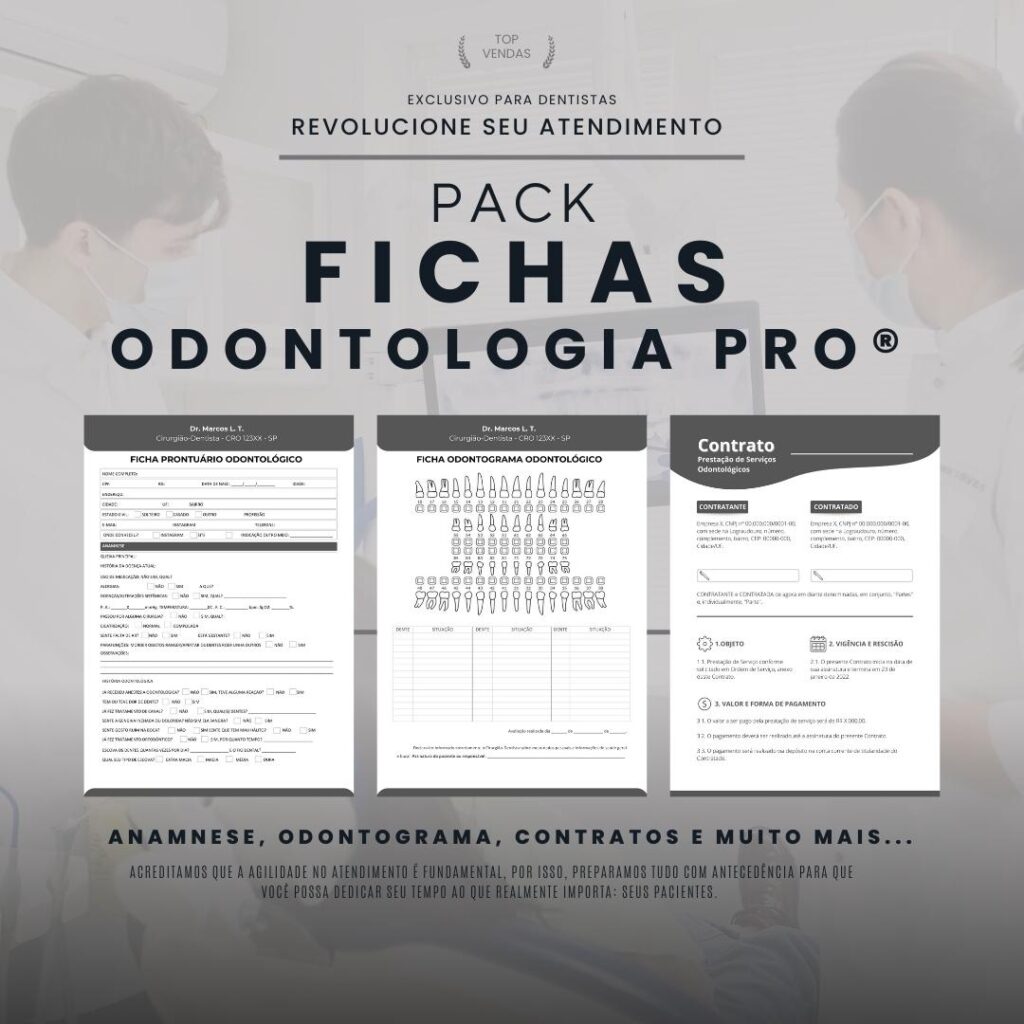Digital dentistry has revolutionized the way dentists diagnose, treat and care for their patients. With the advancement of technology and the digitalization of processes, traditional dentistry has given way to a more efficient, precise and comfortable method for both professionals and patients.
In this article, we will explore everything about digital dentistry, from its concept and benefits to the main technologies and procedures used. Let's start!
1. What is digital dentistry?
Digital dentistry is an innovative approach that uses digital technology to plan, design, execute and monitor dental treatments. Unlike traditional dentistry, which relies on impressions and manual techniques, digital dentistry uses scanners, specific software and 3D printers to create digital replicas of teeth, making the entire process more precise and predictable.
2. Benefits of digital dentistry
Digital dentistry brings a series of benefits to patients and professionals. Some of the main benefits are:
– Accuracy: With the digitalization of the entire process, from scanning to treatment execution, it is possible to obtain much more precise results, ensuring a perfect fit for prosthetics, implants and other procedures.
– Speed: Digital dentistry considerably reduces the waiting time to obtain prosthetics, as the process is simplified and carried out more quickly.
– Comfort: Patients benefit from a more comfortable process, as impressions are eliminated, which are often uncomfortable.
– Personalization: With digital replicas of teeth, it is possible to customize each treatment according to the specific characteristics of each patient, providing more natural and aesthetically harmonious results.
3. Technologies used in digital dentistry
To make digital dentistry possible, several advanced technologies are used. Some of them are:
– Intraoral scanning: With the help of intraoral cameras, it is possible to perform a detailed scan of patients’ mouths and teeth, creating an accurate digital replica.
– Design software: Professionals use specific software to plan and design the treatment, simulating the final result even before starting any procedure.
– 3D printers: After planning and design, prosthetics and other devices can be printed in 3D, ensuring faithful and personalized reproduction.
– Augmented reality: This technology allows the dentist to visualize the final result of the treatment virtually, enabling adjustments and improvements even before starting the procedure.
4. Procedures and applications of digital dentistry
Digital dentistry can be applied to various dental procedures, such as:
– Dental restorations: With digitalization, it is possible to create crowns, veneers and prosthetics in a more precise and personalized way, guaranteeing the perfect fit.
– Dental implants: Dental implants also benefit from digital dentistry, where it is possible to simulate the placement of the implants and plan the entire procedure before surgery.
– Orthodontics: In digital orthodontics, it is possible to simulate the results of orthodontic treatment, allowing greater predictability and more precise adjustments of devices and aligners.
– Guided surgery: With the help of digital dentistry, it is possible to use surgical guides for extraction, implant and other procedures, making the procedure safer and more precise.
5. The future of digital dentistry
Digital dentistry is constantly evolving and promises to bring even more advances in the coming years. Some of the main advances we can expect are:
– Artificial Intelligence: AI will be increasingly used in digital dentistry, assisting in diagnosis, simulations and treatment planning.
– Teledentistry: With the use of communication technologies, digital dentistry can provide consultations and remote monitoring, bringing quality oral care to regions where access to healthcare is limited.
– Biotechnology: The use of cells and biological materials in the development of prostheses and implants is also a promising possibility for the future of digital dentistry.
Conclusion
Digital dentistry revolutionizes the way we take care of our oral health. With advanced technologies, precision and personalization, patients enjoy more efficient, faster and more comfortable treatments. Professionals, in turn, have access to powerful tools that allow for more precise planning and increasingly satisfactory results.
If you are looking for quality dental treatment, be sure to research digital dentistry and find a dentist trained in this area. Believe me, this is the dentistry of the future, available today!
I hope this article has clarified your doubts about digital dentistry. If you still have any questions, leave them in the comments below. We are here to help!







